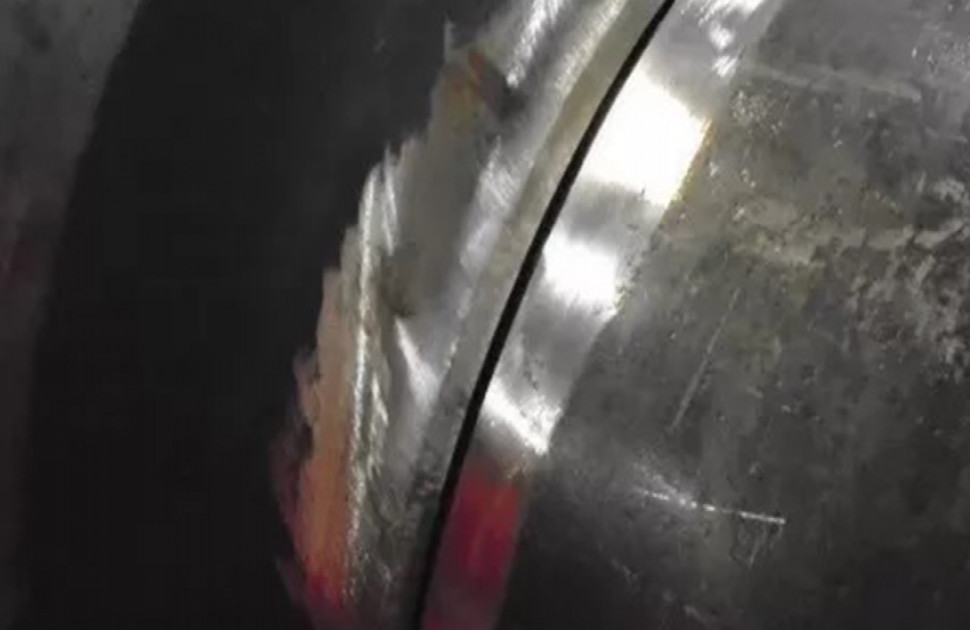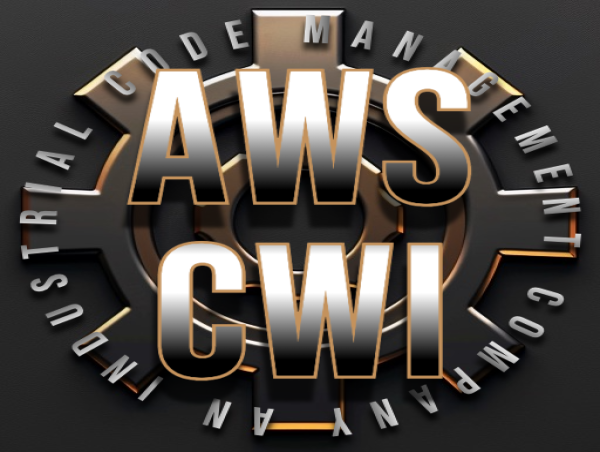The Effect of Welding Inspection Milwaukee on Job Success and Compliance
The Effect of Welding Inspection Milwaukee on Job Success and Compliance
Blog Article

Exploring the Various Techniques and Standards of Welding Examination for Achieving Compliance and Reliability in Engineering Applications
The importance of welding assessment in design applications can not be overstated, as it offers as a crucial protect for making sure architectural honesty and conformity with industry standards. Various methods, including visual examination and advanced non-destructive testing methods, offer vital understandings into the top quality of welds.
Value of Welding Evaluation
Welding assessment plays a critical role in making sure the stability and safety of bonded structures. This process involves the methodical examination of welds to confirm conformity with fixed standards and requirements. The importance of welding inspection can not be overstated, as it works as a secure versus potential failings that can result from inadequate welding practices. Via strenuous examination, flaws such as fractures, voids, and poor blend can be determined early, thereby preventing tragic failings that may bring about structural collapse or safety threats.
Additionally, welding evaluation is crucial for preserving top quality assurance throughout the welding procedure. It ensures that the welds meet the essential mechanical and physical buildings needed for their intended applications. Routine examinations likewise foster a culture of liability and constant improvement within welding procedures, motivating adherence to best methods and sector criteria.
In regulated industries such as production, building, and aerospace, rigid welding inspection methods are mandated to abide by legal and safety and security requirements. Eventually, reliable welding assessment not just protects human life and property but additionally enhances the long life and dependability of bonded structures, making it a crucial facet of design and construction.

Common Welding Assessment Techniques
A selection of evaluation techniques are used to examine the quality and honesty of welds, each customized to discover particular kinds of defects. Amongst one of the most usual techniques is aesthetic inspection, which entails a detailed examination of the weld surface to determine visible flaws such as fractures, undercuts, and inadequate combination. This technique is commonly the very first step in the assessment process as a result of its simpleness and cost-effectiveness.
One more extensively utilized method is radiographic inspection, where X-rays or gamma rays pass through the weld to disclose internal problems. This method is particularly efficient for finding porosity and inclusions within the weld product. Ultrasonic testing uses high-frequency sound waves to recognize interior flaws, giving a comprehensive evaluation of the weld's integrity.
Moreover, magnetic particle evaluation is made use of for ferromagnetic materials, enabling for the discovery of surface and near-surface problems by using electromagnetic fields and observing fragment patterns. Dye penetrant testing involves using a liquid color to the weld surface area, revealing splits and various other interruptions upon assessment (Welding Inspection Milwaukee). Each of these methods plays a vital duty in making sure weld quality and conformity with industry standards
Non-Destructive Examining Methods
Non-destructive testing (NDT) techniques are necessary tools in the assessment of weld high quality, permitting assessors to examine the honesty of welded joints without creating damage to the materials. Numerous NDT approaches are employed to determine prospective issues, making certain that welds satisfy the required standards for safety and performance.
Among one of the most prevalent strategies is ultrasonic testing (UT), which utilizes high-frequency sound waves to identify inner problems such as splits or spaces. Radiographic screening (RT) uses X-rays or gamma rays to produce photos of welds, disclosing any type of stoppages within the product. Magnetic particle testing (MT) works for finding surface area and near-surface flaws in ferromagnetic products see it here with the application of magnetic areas and contrasting bits.
Liquid penetrant testing (PT) is an additional commonly utilized approach that involves using a dye to the surface of the weld, which permeates into any kind of splits, making them visible under ultraviolet light. Each of these methods offers unique advantages and constraints, and the option of a suitable method is important to achieving accurate assessments of weld integrity. Eventually, the execution of NDT methods significantly adds to the dependability and safety and security of engineering applications.

Regulative Standards and Conformity
In the realm of welding assessment, adherence to regulative requirements and compliance is vital to ensure the safety and security and dependability of welded frameworks (Welding Inspection Milwaukee). Different organizations, including the American Welding Society (AWS), the American Society of Mechanical Engineers (ASME), and the International Company for Standardization (ISO), have developed guidelines that control welding practices and inspection procedures. These criteria give a framework for quality control, describing the necessary certifications for inspectors and the methods for analyzing weld integrity
Compliance with these regulatory criteria not just enhances the architectural stability of welded settings up yet also minimizes risks linked with failures, which can have devastating repercussions. Examinations have to be carried out making use of specified procedures, including aesthetic, ultrasonic, and radiographic techniques, to make certain that welds satisfy specified criteria.
Additionally, adherence to these criteria is commonly needed by legislation, particularly in markets such as aerospace, building and construction, and manufacturing. Regular audits and certifications are important to preserve compliance, thus fostering a society of safety and security and top quality within organizations. Eventually, regulatory criteria and conformity act as the backbone of reliable welding assessment techniques, guaranteeing that crafted frameworks satisfy both performance assumptions and safety and security needs.
Ideal Practices for Welding Examination
While preserving conformity with regulatory criteria is essential, carrying out best techniques for welding evaluation even more enhances the safety and security and stability of bonded structures. Effective welding examination starts with comprehensive preparation, which consists of comprehending the specific needs of each task and making sure inspectors are well-trained in applicable methods and criteria.
Using a thorough assessment list assists to guarantee all essential facets are analyzed, such as weld dimension, penetration, and visual flaws. Non-destructive testing (NDT) methods, such as radiographic or ultrasonic testing, should be utilized where proper, providing a more thorough examination of weld top quality without compromising the integrity of the materials.
Documents plays a significant duty in best methods; keeping accurate records of examinations, including photographs, examination outcomes, and compliance reports, makes certain liability and facilitates future analyses. Furthermore, promoting a society of open communication between welders and inspectors can bring about very early identification of possible issues, promoting instant rehabilitative activities.
Conclusion
In recap, the implementation of extensive welding inspection approaches and adherence to developed criteria are important for making sure compliance and dependability in engineering applications - Welding Inspection Milwaukee. Techniques such as aesthetic examination, radiographic screening, and ultrasonic testing function as critical tools in identifying flaws and preserving quality assurance. By promoting a society of responsibility and quality, companies can enhance go to the website the stability and durability of bonded frameworks, inevitably contributing to the safety and effectiveness of engineering tasks
Various methods, consisting why not try these out of aesthetic examination and progressed non-destructive testing methods, supply necessary insights right into the quality of welds.Welding inspection plays an important duty in making certain the stability and security of bonded structures.A selection of assessment approaches are utilized to analyze the high quality and integrity of welds, each tailored to detect certain kinds of flaws.Another commonly made use of approach is radiographic evaluation, where X-rays or gamma rays pass through the weld to disclose internal issues.In the realm of welding examination, adherence to regulative standards and compliance is critical to make certain the safety and security and reliability of welded structures.
Report this page